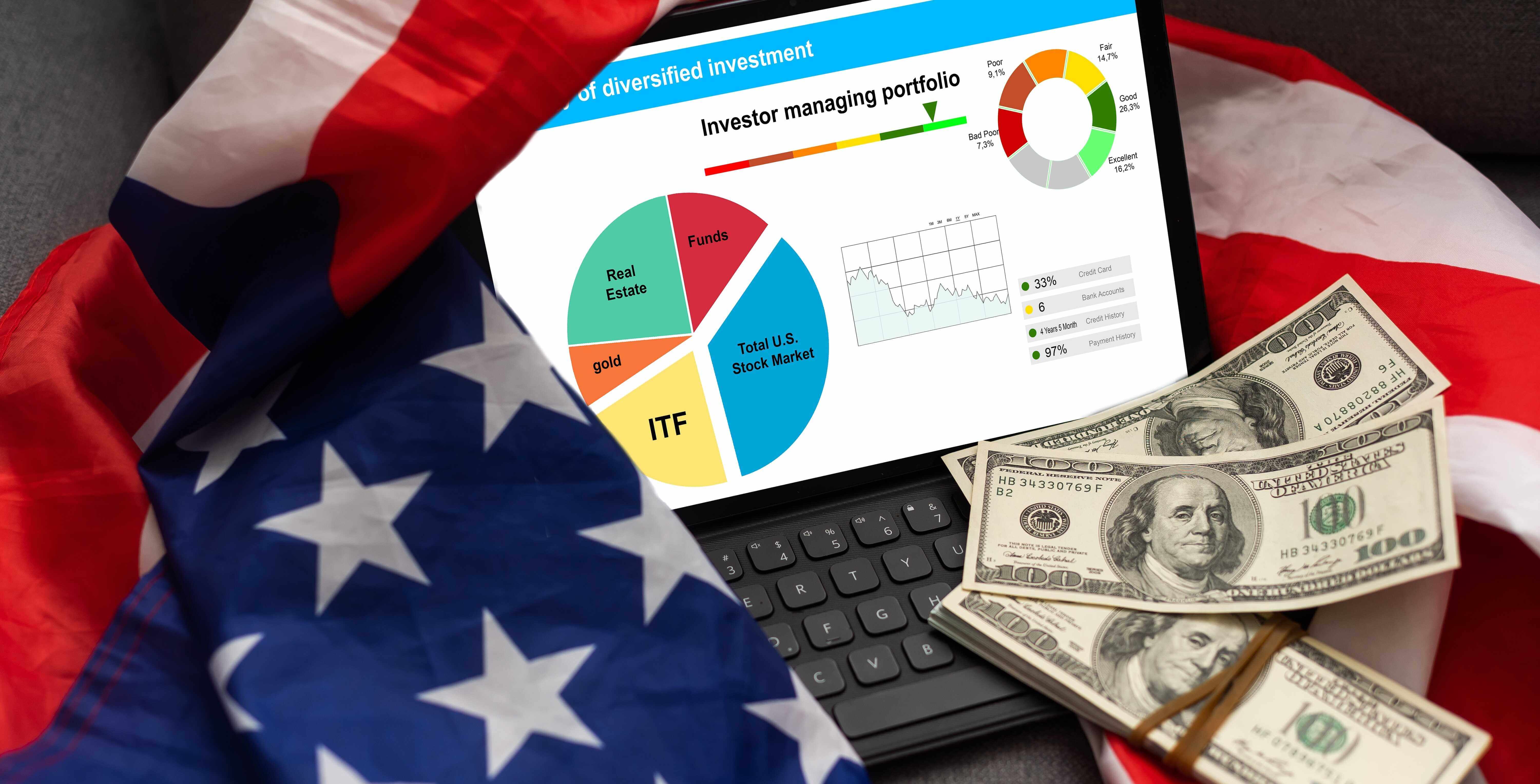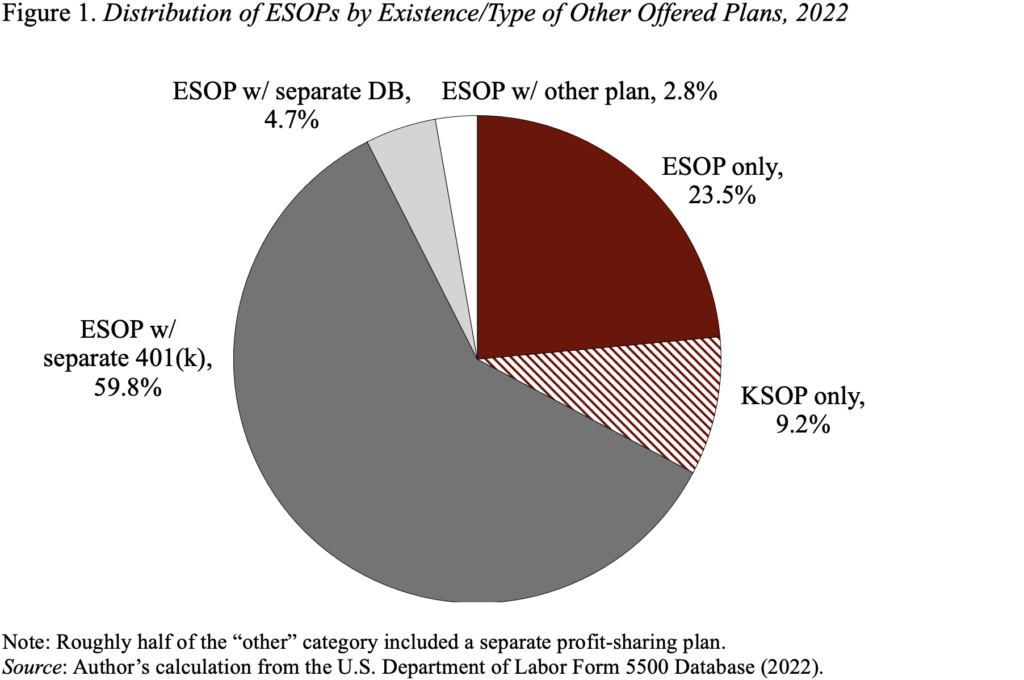Prudential Cfo Sees Retirees' Billions Powering New Growth Phase

Prudential Financial Inc.’s Chief Financial Officer Yanela Frias sees the rising global demand for retirement income as a major growth driver for the insurer’s new chapter once incoming Chief Executive Officer Andy Sullivan takes the helm.
“There’s just so much in terms of an aging population, a lack of ability for the governments to really continue to support retirement, and a need for individuals to have the ability to save and then generate protected income,” Frias said in an interview on Bloomberg Chief Future Officer.
The executive started her 27-year career at Prudential in treasury and finance roles before taking the lead for entire businesses. That gives her a hands-on perspective on the vast demographic shift underway for Prudential and other insurers — the so-called Peak 65 phenomenon, with about 4.1 million Americans reaching that milestone annually from 2024 through 2027.
This year will mark her first anniversary as CFO, a role she says she enjoys for its vast responsibilities and unique viewpoint of the entire company. Frias, the first female CFO in the 150-year history of Newark, New Jersey-based Prudential, still remembers the reaction from colleagues who were inspired by her promotion.
“When the announcement went out, the number of emails and texts I got from women throughout this organization, not just congratulating me but really acknowledging that this was a sign that anything was possible and that they too could rise through the ranks — I think that was really powerful,” she said.
Frias, 52, is the first to attend college in her family, which emigrated to the US from Cuba when she was 8. From this experience, she says she gained persistence, resilience and a necessary character trait for working in insurance: a penchant for risk-taking.
“It made me very adaptable to change,” she said. “It made me really open to taking risks because risks led to better opportunities and to good outcomes.”
The booming demand for annuities — financial products that provide savers with a lifetime income and protect them from market swings — is driving Frias’s ambitions. Those policies, which she says got increasingly complex and expensive in the past, have become much simpler in recent years, making them more appealing.
“I think they’re here to stay, because they are great vehicle to create that protected income,” Frias said.
From 2020 to 2023, annuity sales soared nearly 76%, to $385 billion in the US, according to estimates by the Life Insurance Marketing and Research Association. Last year, they jumped 12% to $432 billion, according to Limra’s preliminary estimates.
Prudential is also seeking to benefit from another key corner of the thriving retirement sector: the market for pension risk transfers.
These deals allow corporations to shift the obligations and liabilities related to their pension balances to life insurers. Prudential has done seven of the 10 biggest such transfers in the US, Frias said, but there is still a “tremendous opportunity.”
“There’s $3 trillion in pension balances in the US,” she said. “At some point we think there are pension risk transfer opportunities beyond borders.”
Prudential has participated in the the UK and Dutch pension risk transfer markets with longevity reinsurance, Frias said, and there are further opportunities in Japan and Brazil.
As CFO, Frias says her utmost priority is to ensure that Prudential has the capital and liquidity to support its organic or external growth ambitions. In particular she’s focusing on expanding its asset manager’s operations in private credit, as well as growing in emerging markets.
Having financial flexibility is “about having the capital and the currency to act when opportunities come as well,” Frias said. “It’s always good to have a little extra.”
Another lever to make the insurer more nimble: the use of technology and artificial intelligence to gain efficiency. Already the use of AI has allowed Prudential to shrink its individual life underwriting process to minutes instead of days.
In terms of productivity uplift, “we’re probably getting 10% at this point,” Frias said. “But I think over time, that is where the value is. And it will then allow us to take our capacity, in the form of people, and redirect it to more value-added activities.”
Prudential is entering a new chapter, with Chief Executive Officer Charlie Lowrey stepping down in late March and Sullivan taking over. The outgoing CEO, who transformed the insurer in part by reducing its market sensitivity and expenses, says he’s leaving the firm to his successor and Frias in a good position to accelerate growth.
“I would’ve liked, frankly, a better equity performance than we had, but we were going through our transformation,” Lowrey said. “The results of that are going to come in the next few years.”
Since his appointment, Prudential’s shares returned 75%, including reinvested dividends, compared with 156% for the KBW Insurance Index.
Frias, who was with Sullivan in Prudential’s first executive development program, says she is excited about the prospect of working with him.
“I think Andy brings a new perspective, energy, a thoughtful approach to how we really look at our opportunities on a global basis,” she said.


